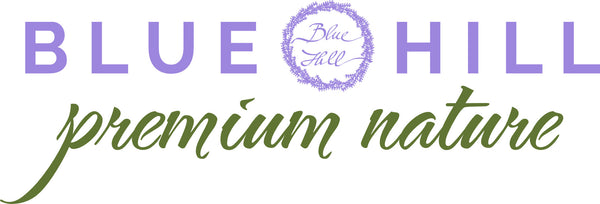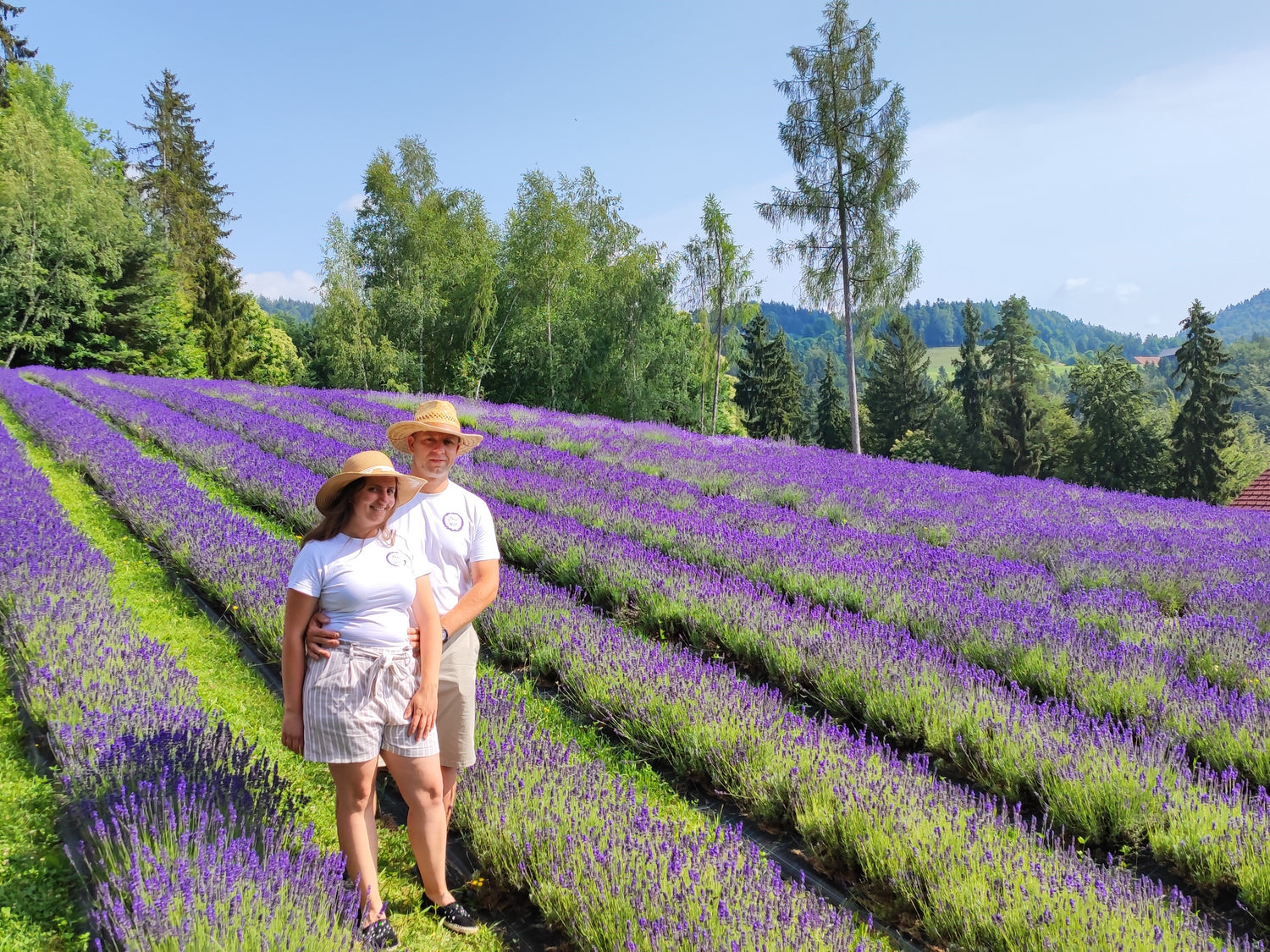
We turn lavender grown with love into products made with heart
Behind the finished product that arrives in your home, the story unfolds about the lavender flower that grew on a real lavender bush in Topolšica. Several hundred small bushes have grown into several thousand large, healthy bushes that adorn our hill, especially during the flowering season. The flowers are the reward for all the care we give lavenders throughout the year, for all the care we give them, and when the time comes, we gratefully harvest the flowers by hand with sickles. All products capture the magic of organically grown lavender and the love of those who work with it.
Do you feel the power of nature?
In our search for connection with nature, we always discover its incredible power. With love for nature, we grow true lavender, the mother of all herbs, which soothes the body and spirit and brightens even the dullest day. Stunning real lavender takes care
for beautiful skin and relaxes you with its wonderful scent that will help you achieve your inner peace.
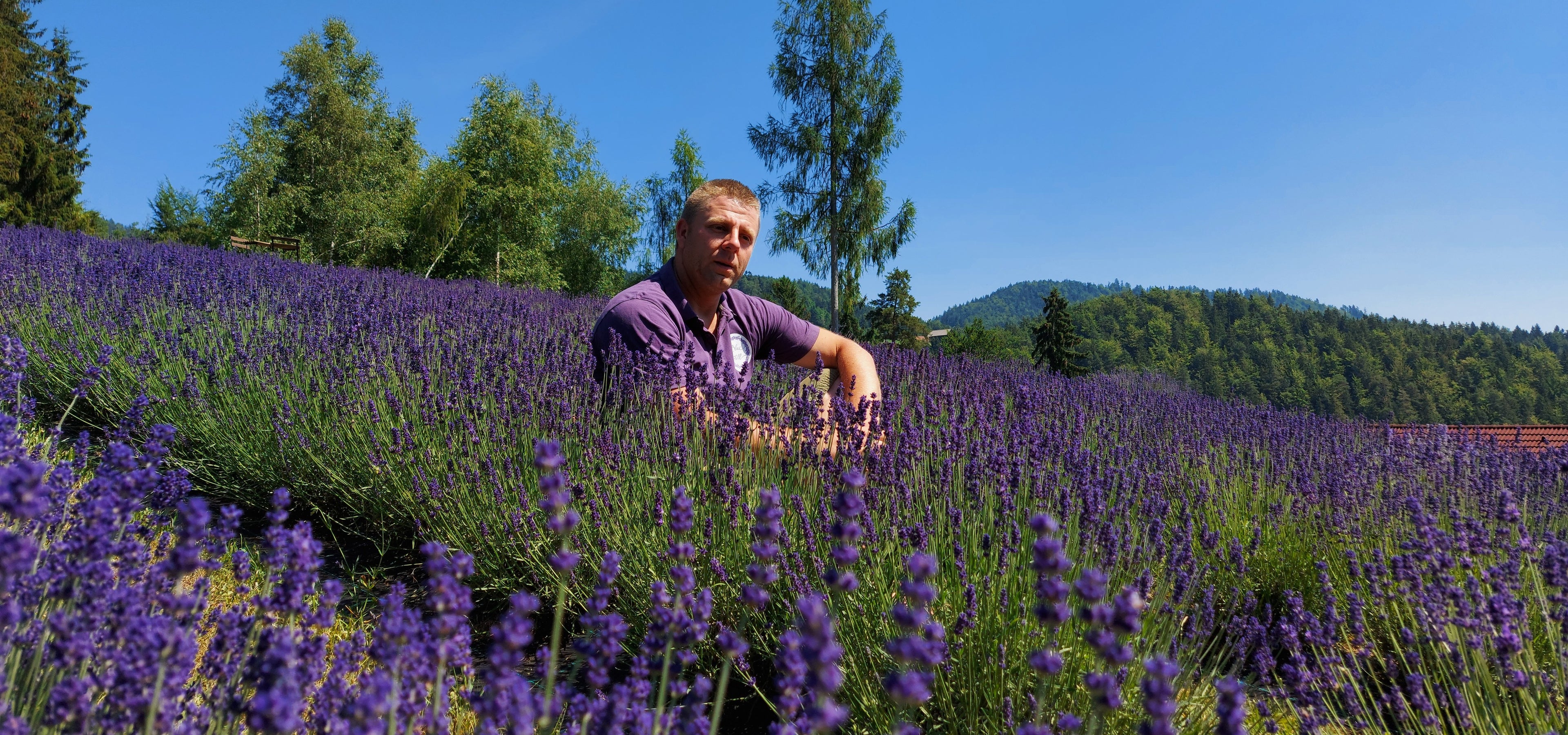
Alen
A city boy who was drawn to nature, he is the driving force behind the work in the fields and at the harvest of organic plantations of true lavender. He also transferred his professional discipline to the plantation, which is why every time you visit us they are perfectly groomed, and the lavenders are lined up like soldiers in rows.
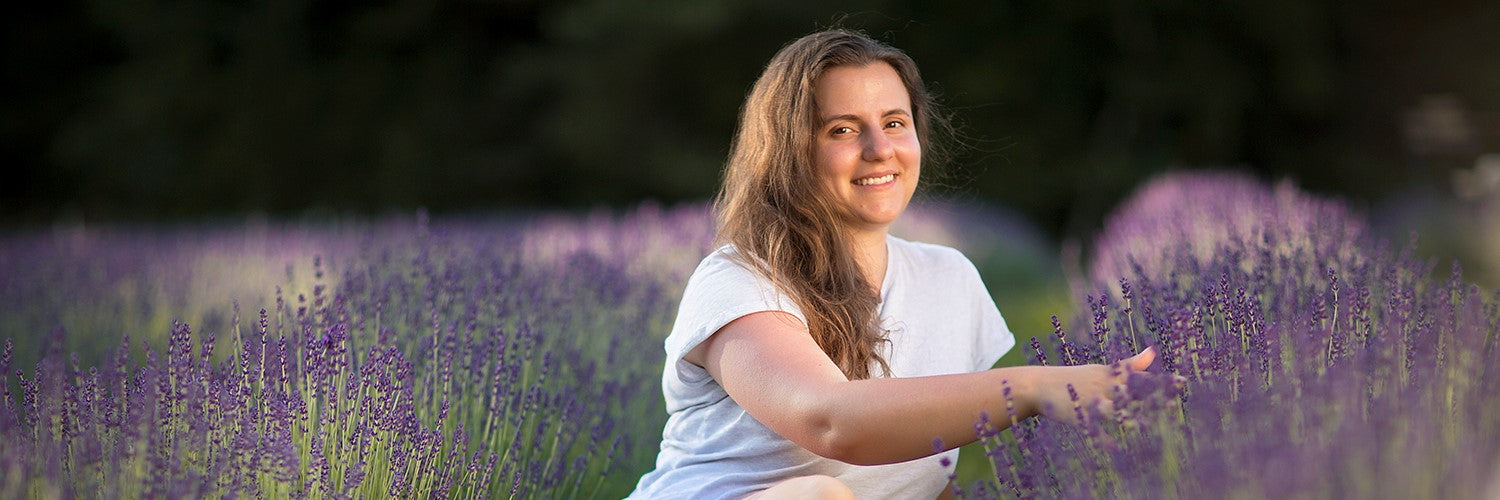
Viktorija
A passionate defender of natural products and an enthusiastic herbalist who wants to restore people's trust in nature. As a great artistic soul, she creates rich natural recipes for skin care products and takes care of the graphic image and marketing.
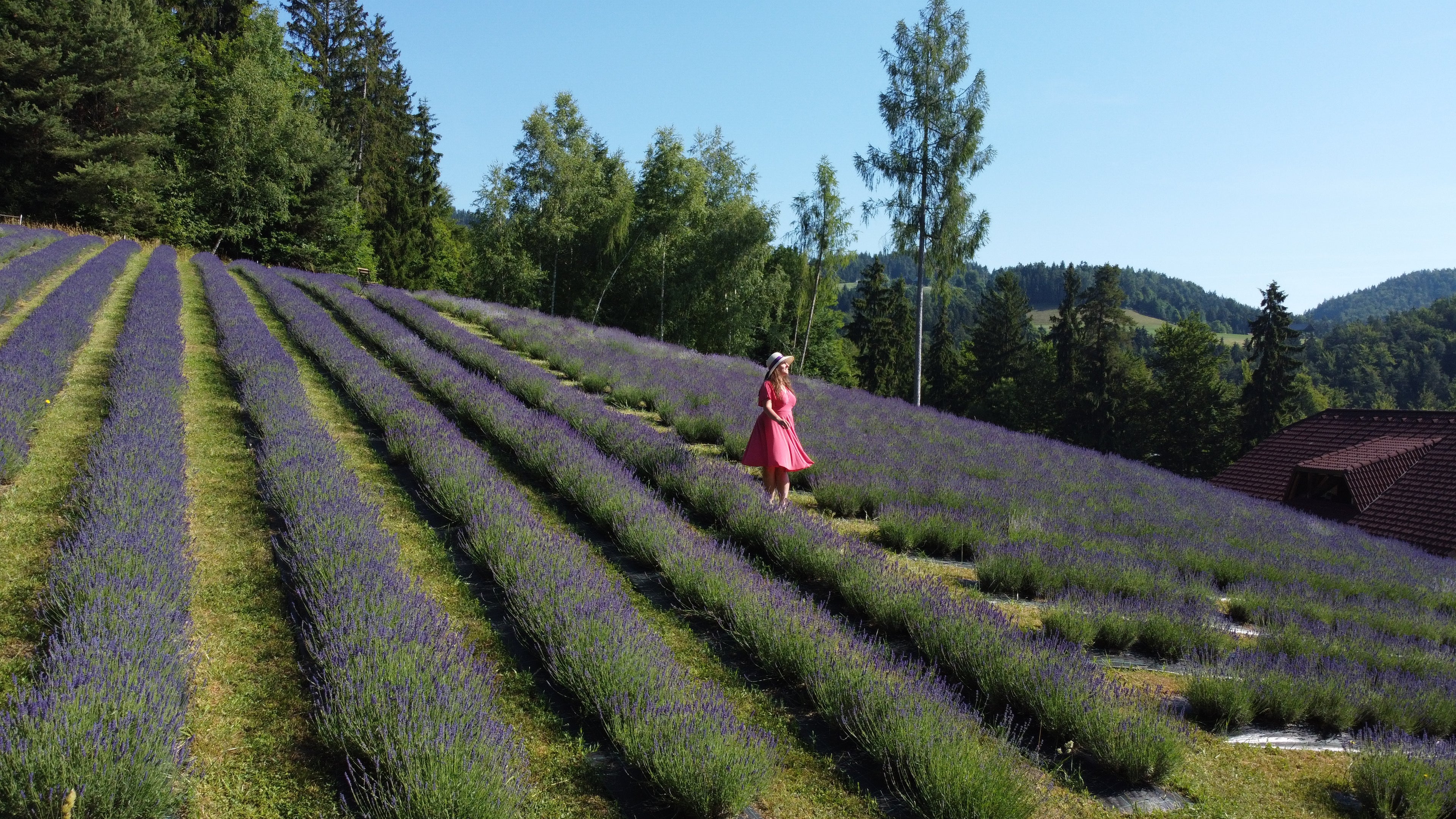
Visit a blooming plantation
Every year in June we organize guided tours of the plantation
About true lavender
True lavender belongs to the Lamiaceae family. It grows up to half a meter high and is a semi-shrub with narrow, oppositely placed and silver-grey hairy leaves. On the shoots that sprout in the spring, the leaves are larger and less hairy. The purplish-blue flowers look like rare spikes. There are four stamens, two longer and two shorter. It blooms from June to September. True lavender grows in dry and rocky areas. It does not grow wild in Slovenia, but it is cultivated. It originates from the Mediterranean, but it is also cultivated in the Netherlands, Great Britain, the United States of America (mainly California) and Australia (mainly Tasmania).
Ingredients and active ingredients:
Lavender contains from 0.5-1.5% essential oil, which consists of more than 100 different components. One of the main components is linalool, which is a monoterpene alcohol in structure. In addition to linalool, linalyl acetate and small amounts of borneol, isoborneol, cineole, coumarin and camphor are important components. Lavender also contains tannins of the lamiace type (12%) as well as saponins, resin and bitters.
Lavender originates from Arab countries and is at least 2,500 years old. In 600 BC they brought it from the Greek island of Hyeres and spread it throughout Europe. Due to its fresh smell, the ancient Greeks and Romans used it to perfume baths and rooms. Queen Elizabeth I of England used it as toilet water. In the Middle Ages, lavender was used to repel lice, and from the 15th century onwards, lavender perfume was also made. In the Middle Ages, lavender was also believed to ward off the plague. Medieval glove makers are said to have been ignored by the plague, and people associated it with lavender. Since then, many people in plague areas carried a bundle of dried lavender between their clothes.
It was brought to America by the first immigrants at the beginning of the 17th century. Much later, during the First World War, lavender hydrolat or flower water was used by nurses, as it has an antibacterial effect.
The effect of essential oils on the physical and psychological well-being of people was extensively researched by the French chemist Rene-Maurice Gateffosse, who was also the first to introduce the concept of aromatherapy. He discovered the healing power of essential oils by accident. Namely, while working in the laboratory, a part of his hand caught fire, which he extinguished with hydrolate or lavender rose water, since at that moment it was the only liquid nearby. He noticed that the burns healed extremely quickly without any serious consequences.
